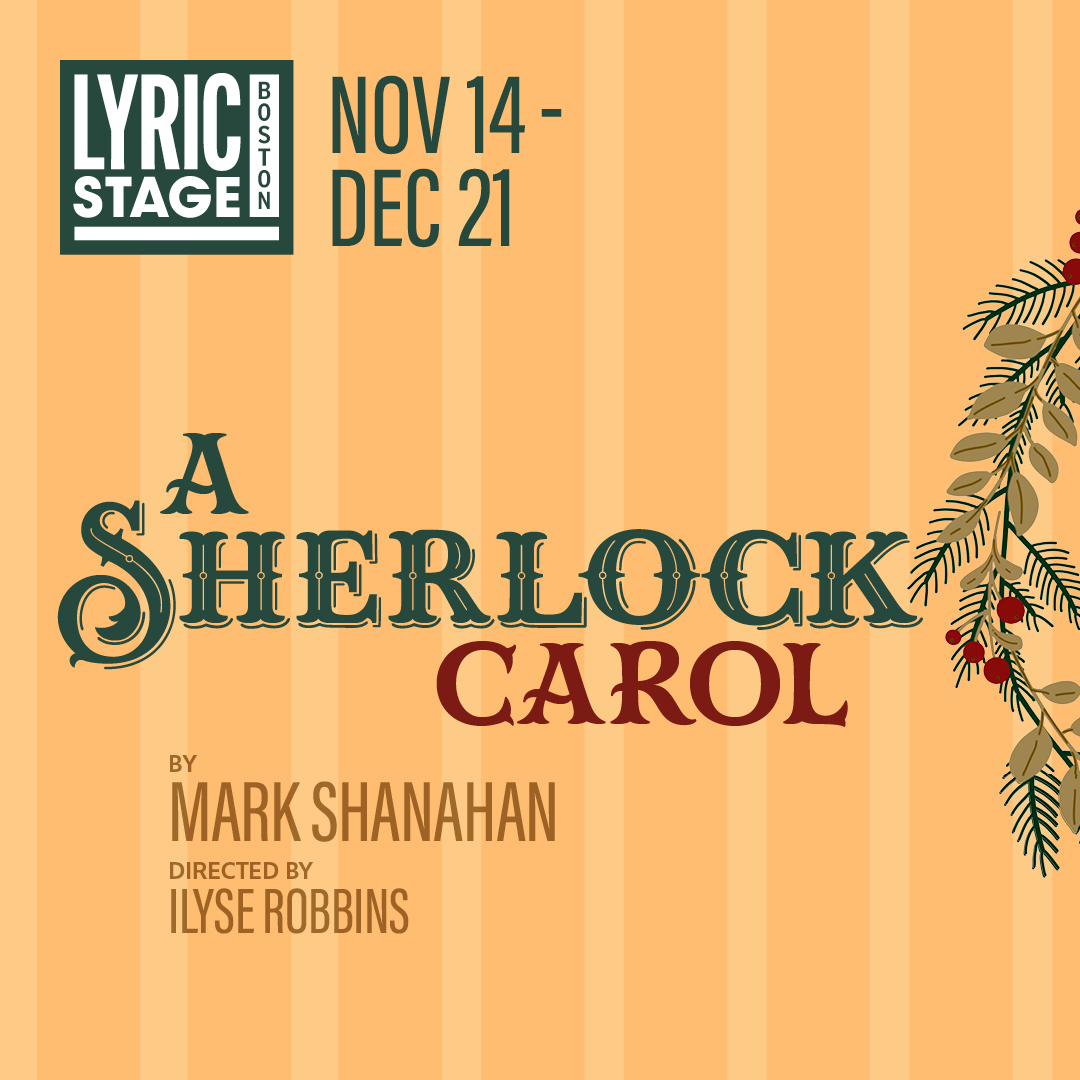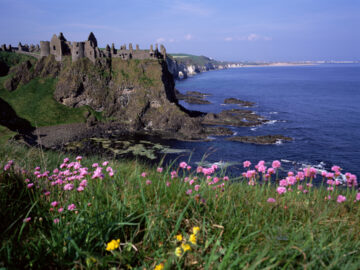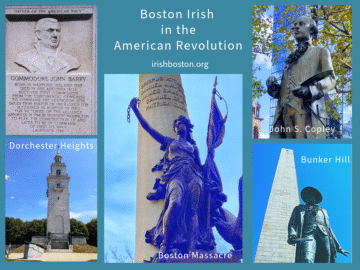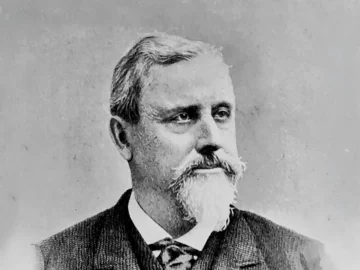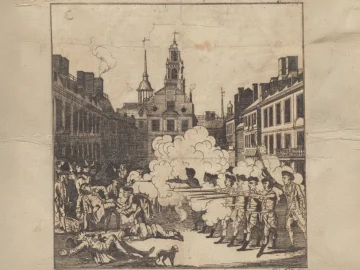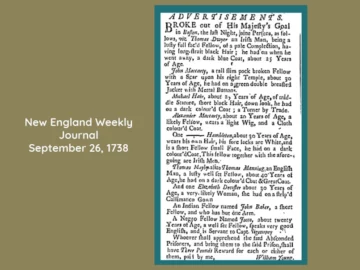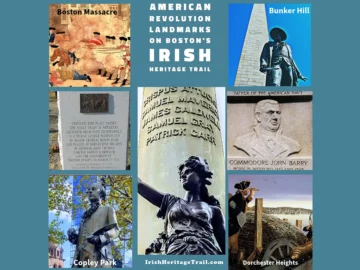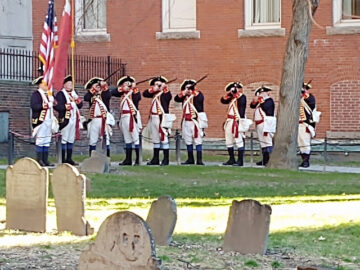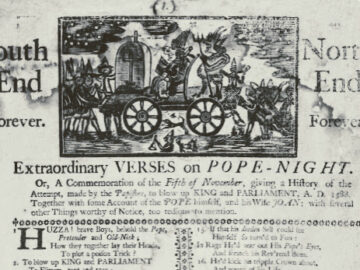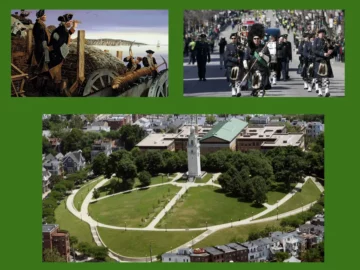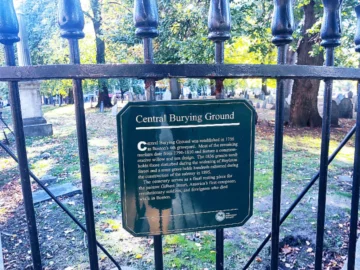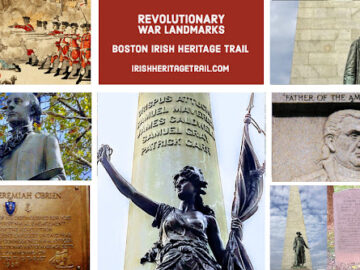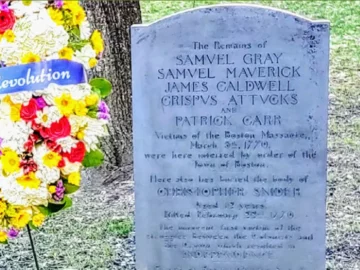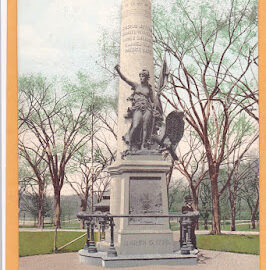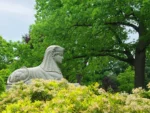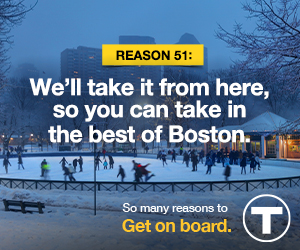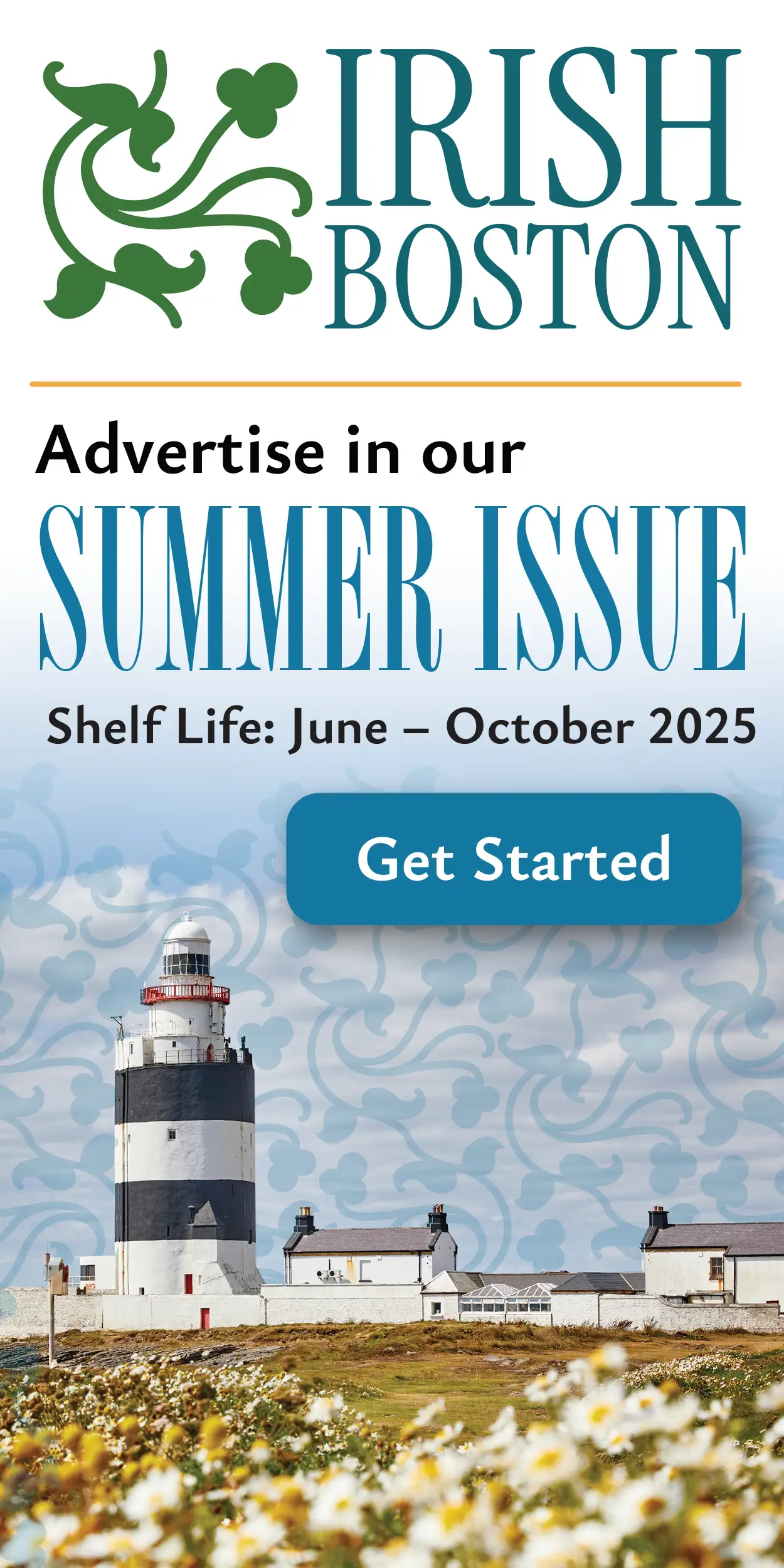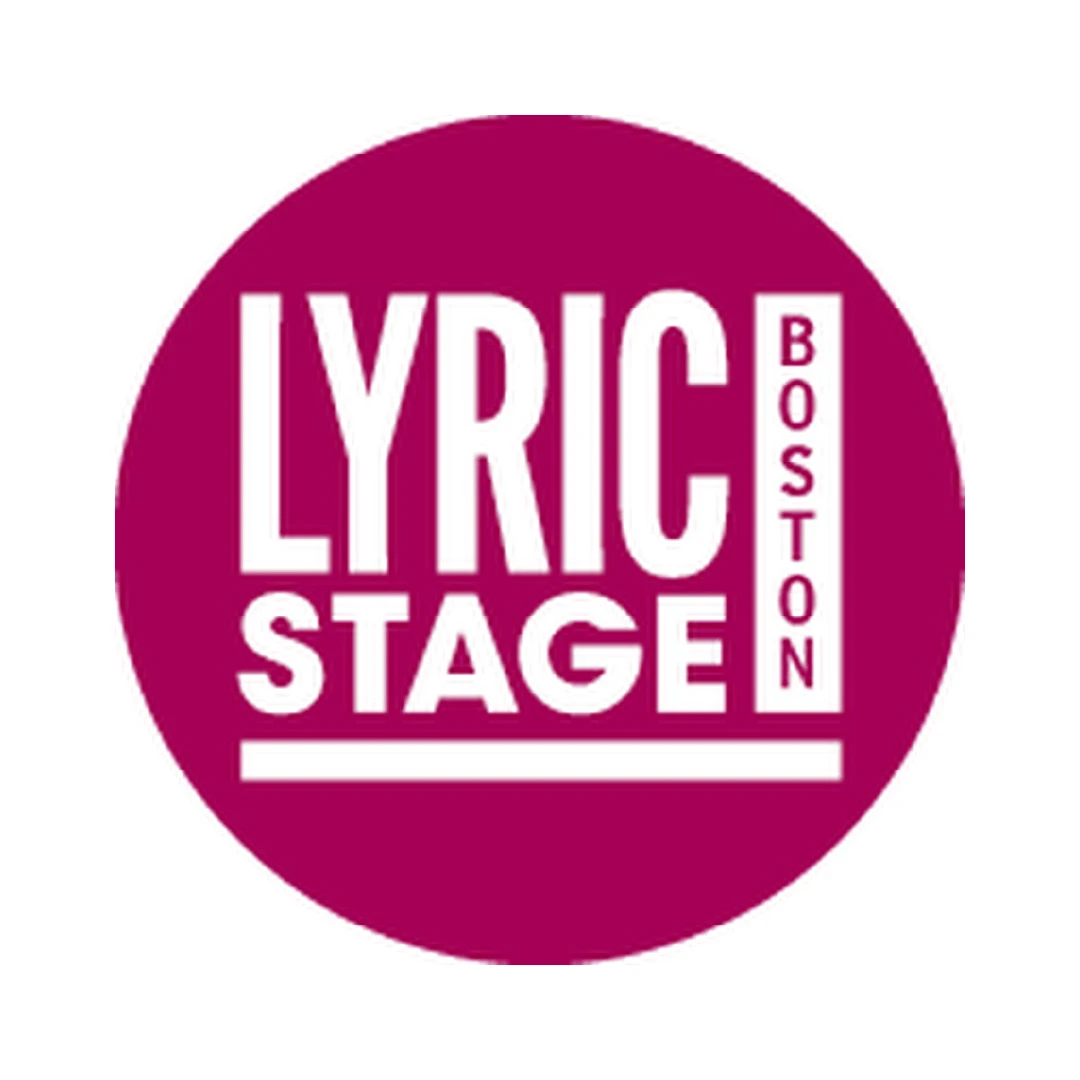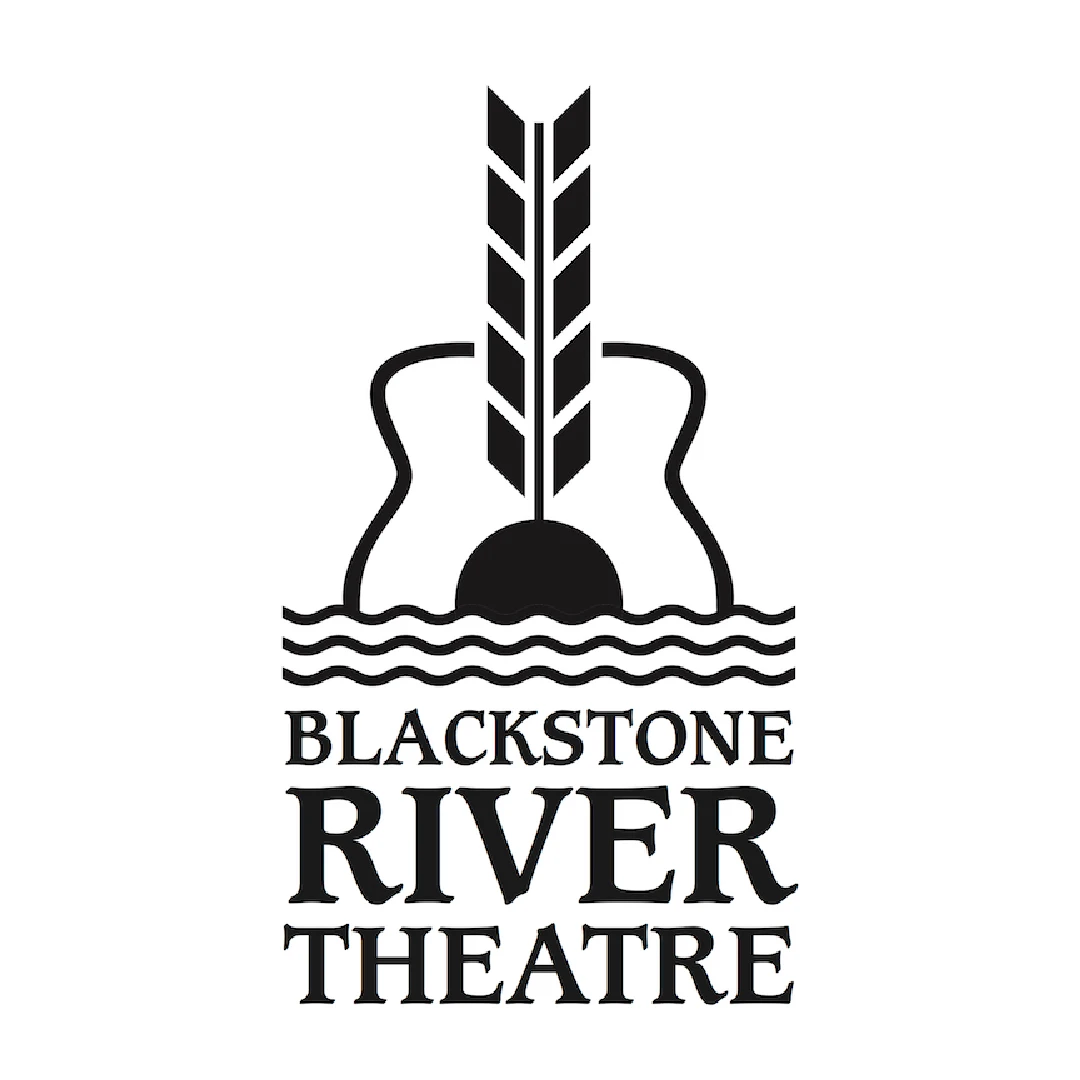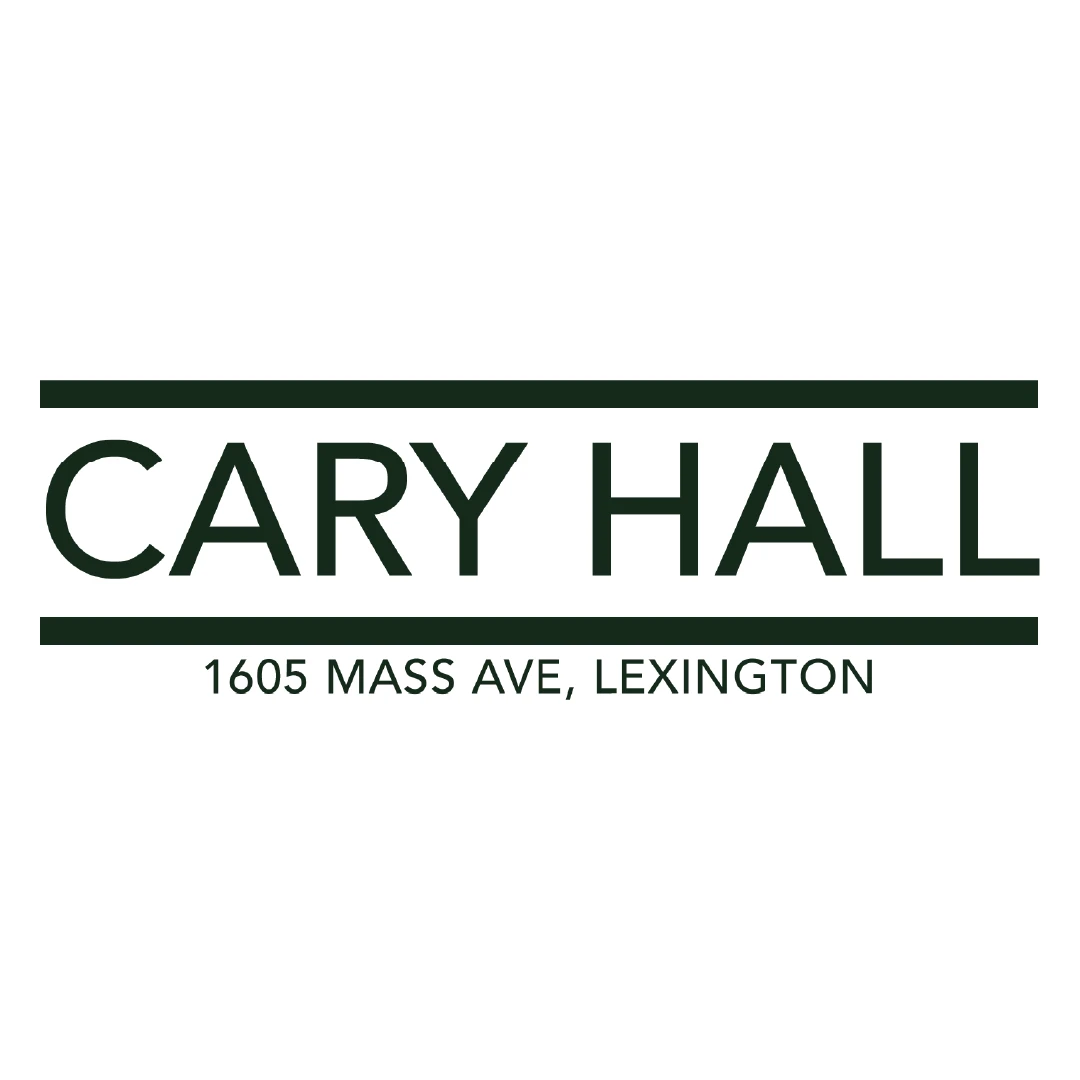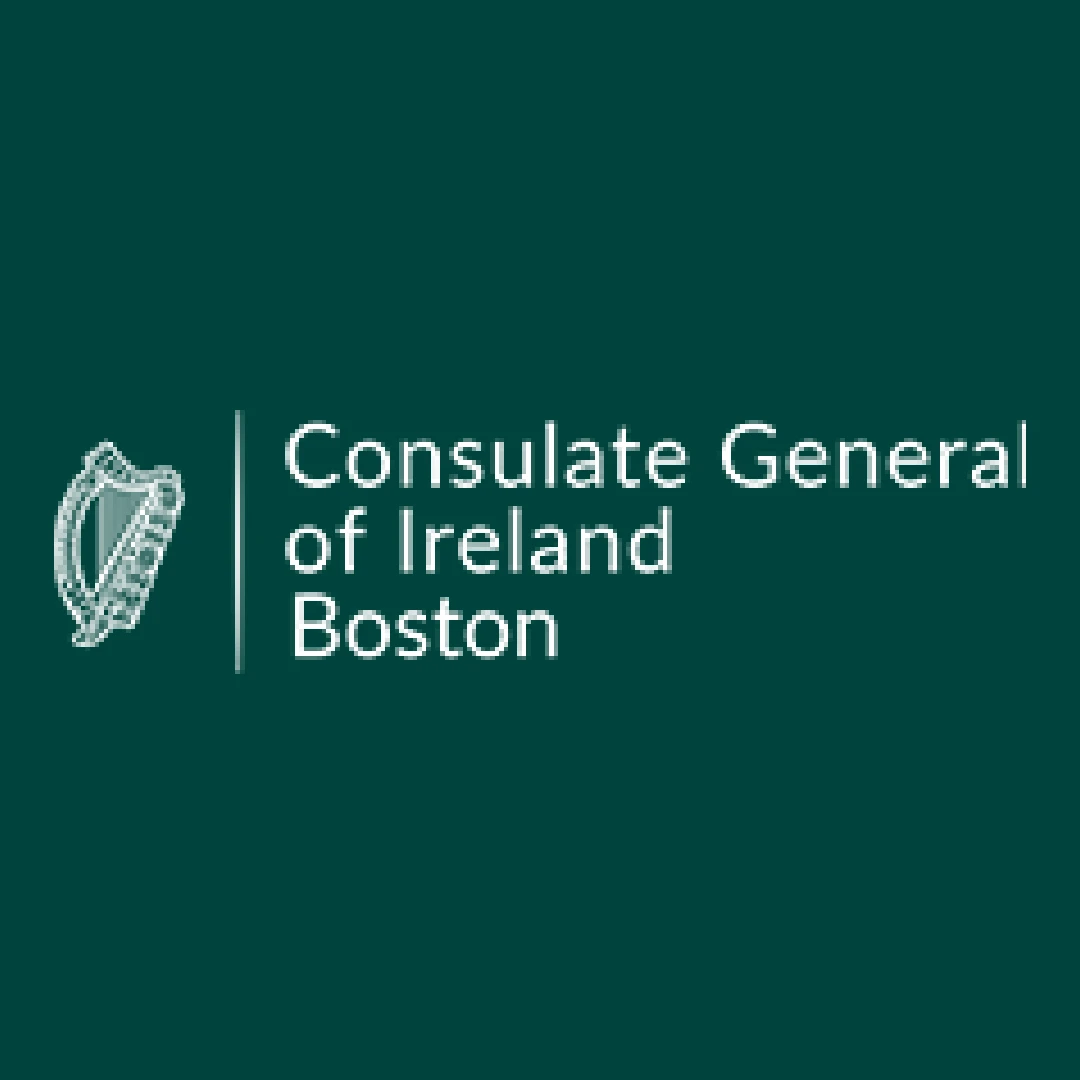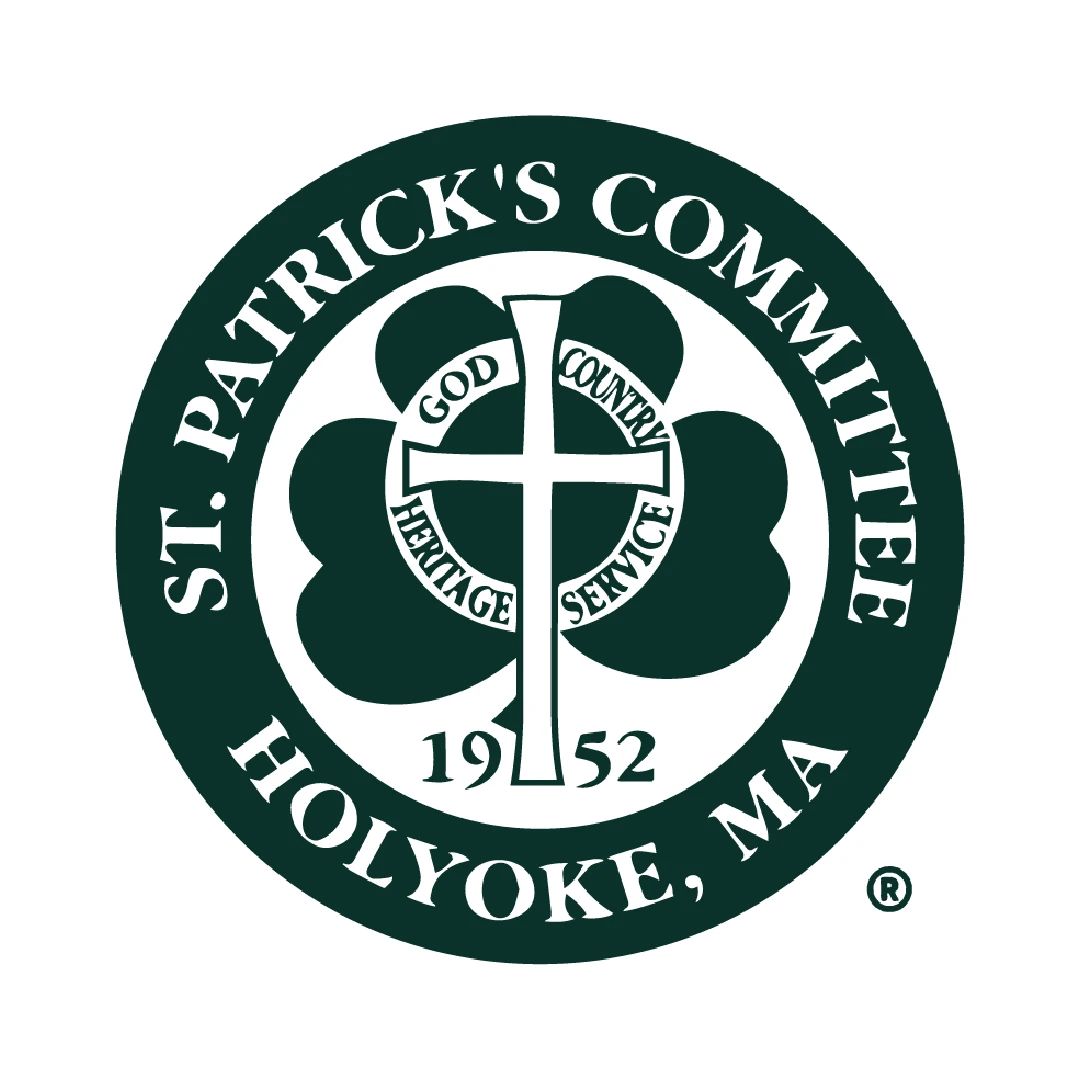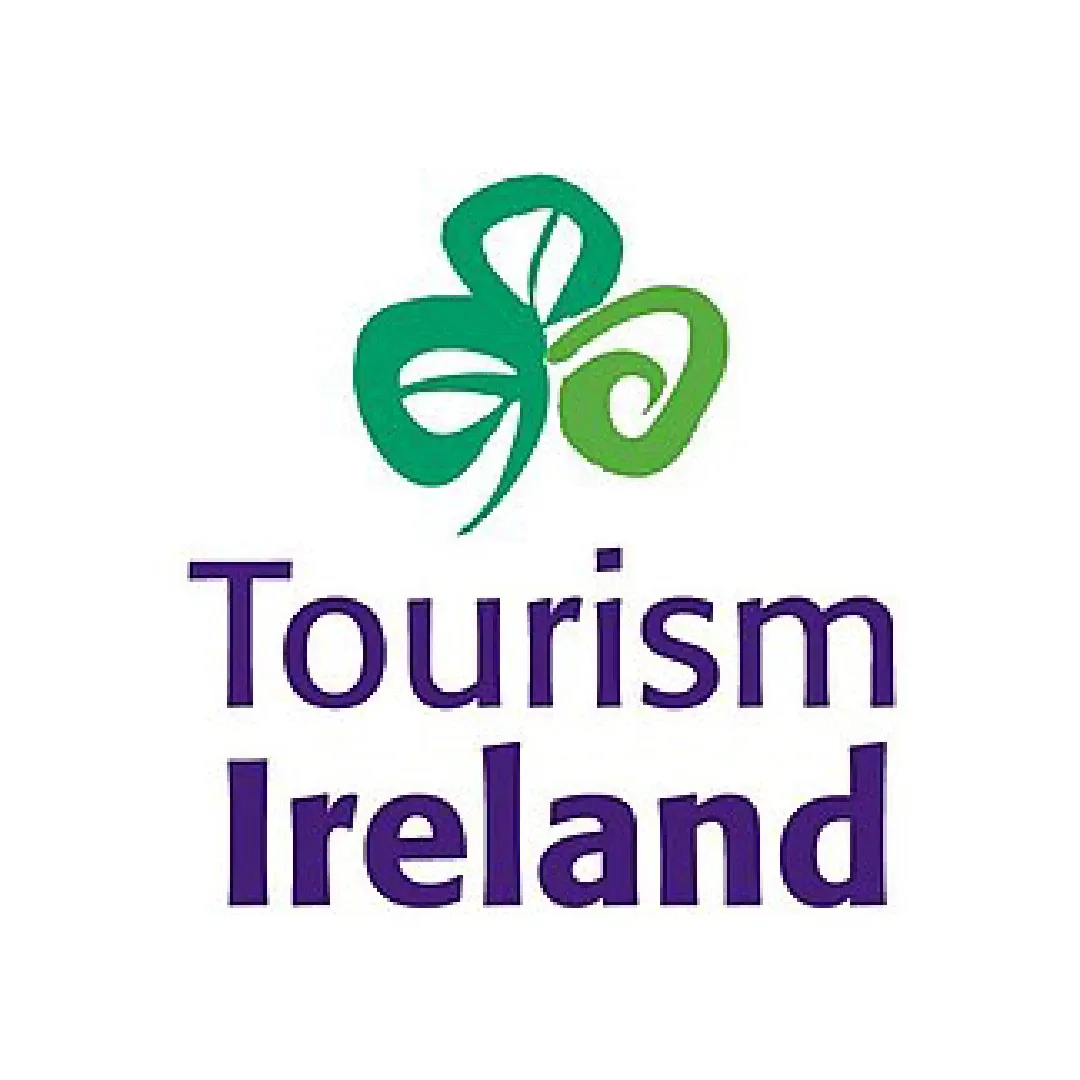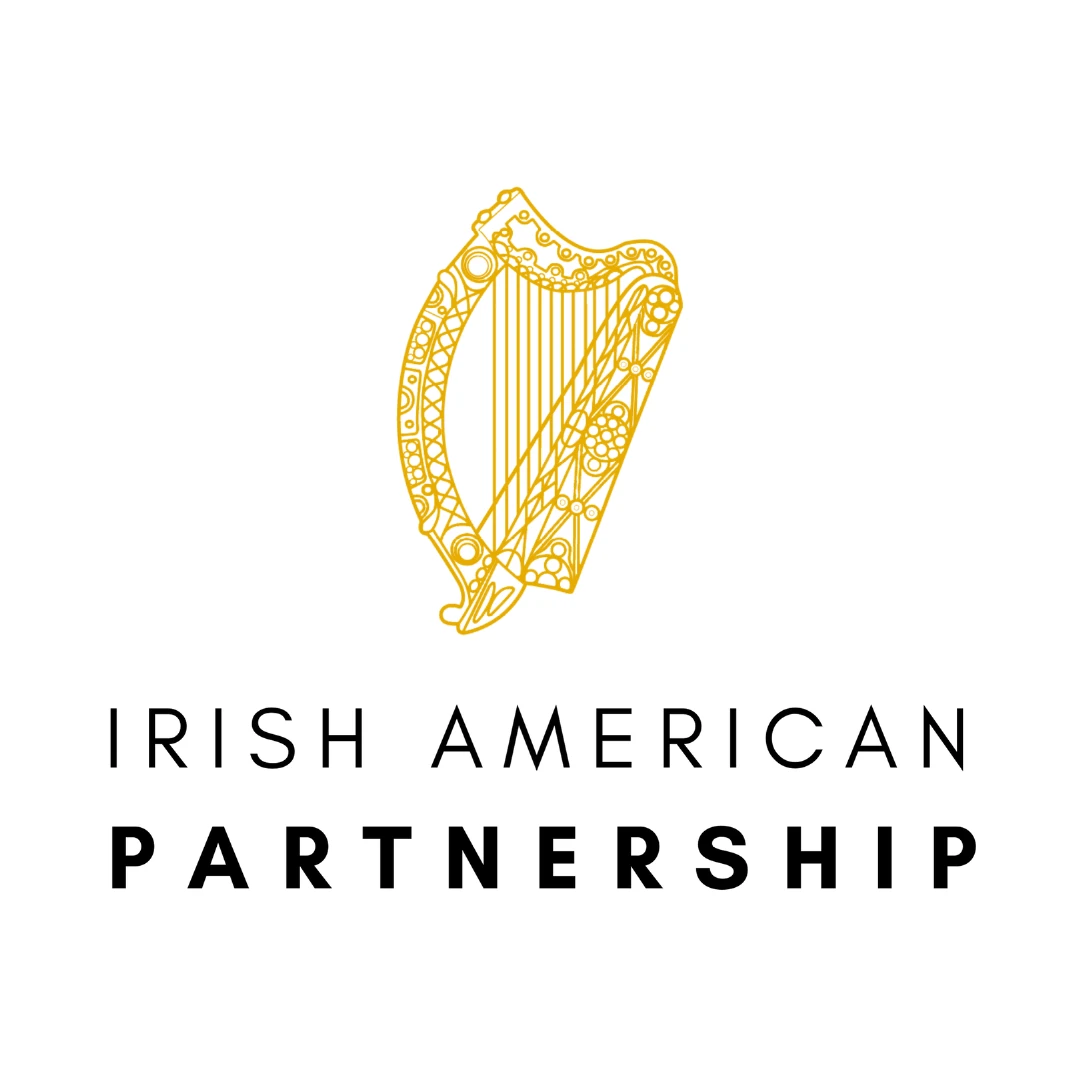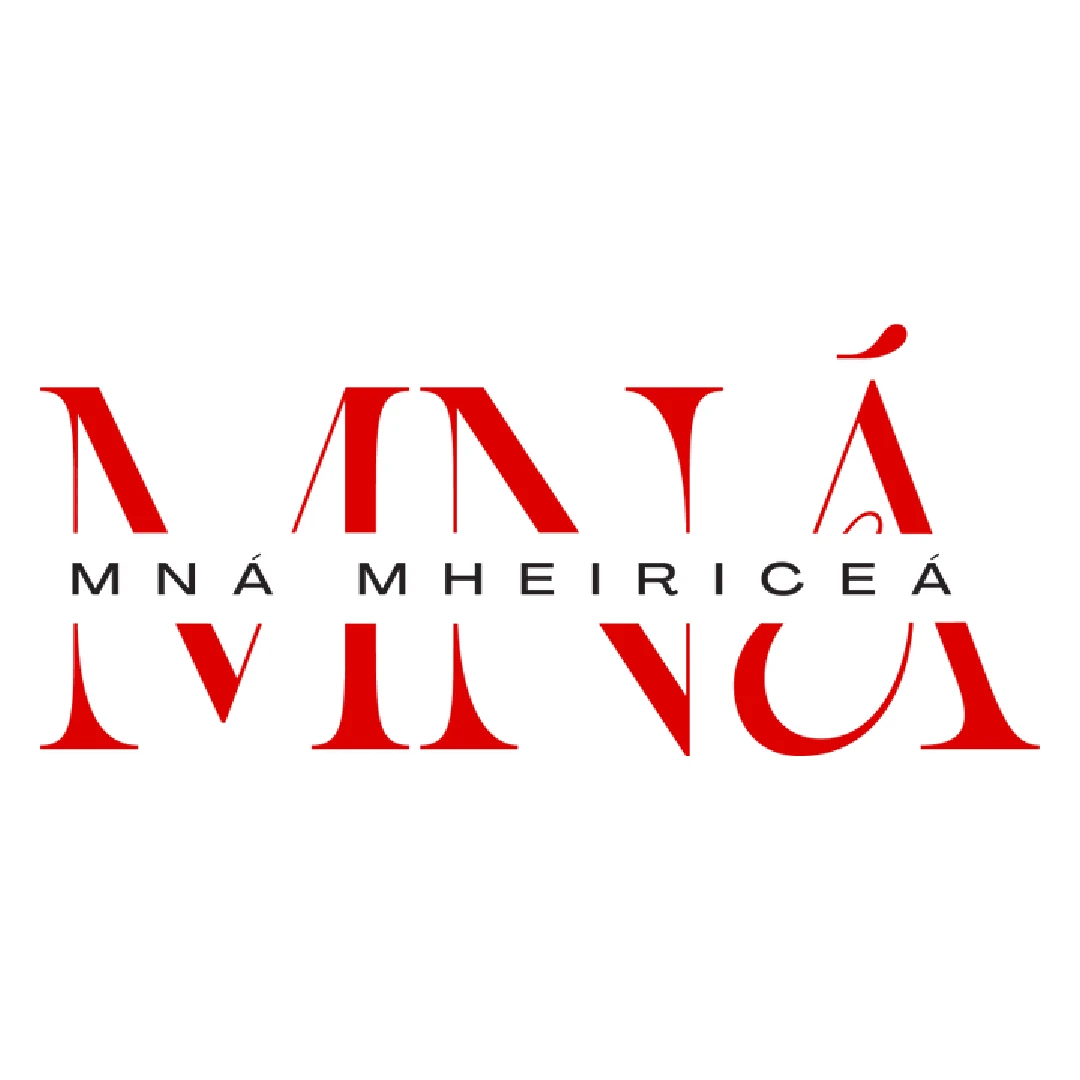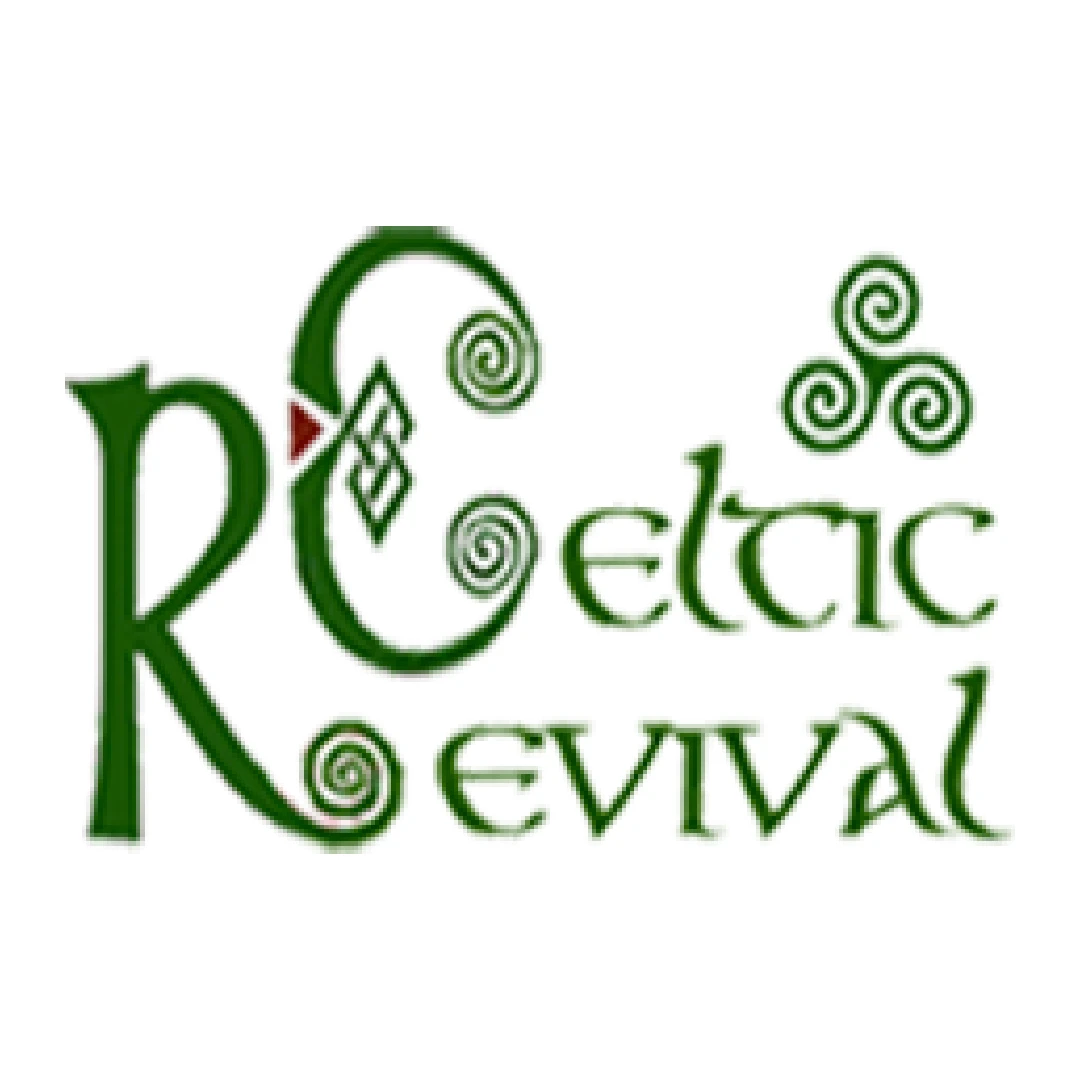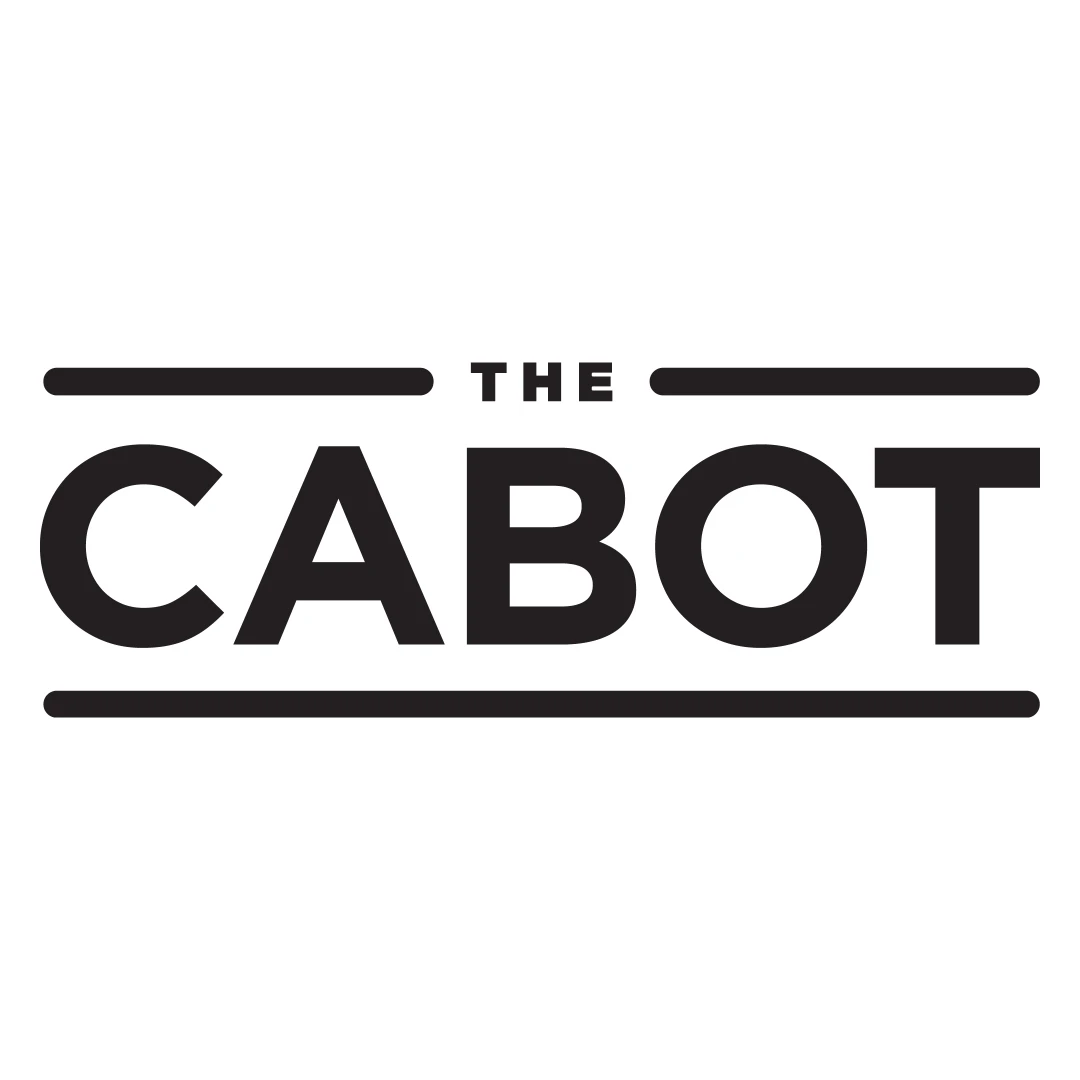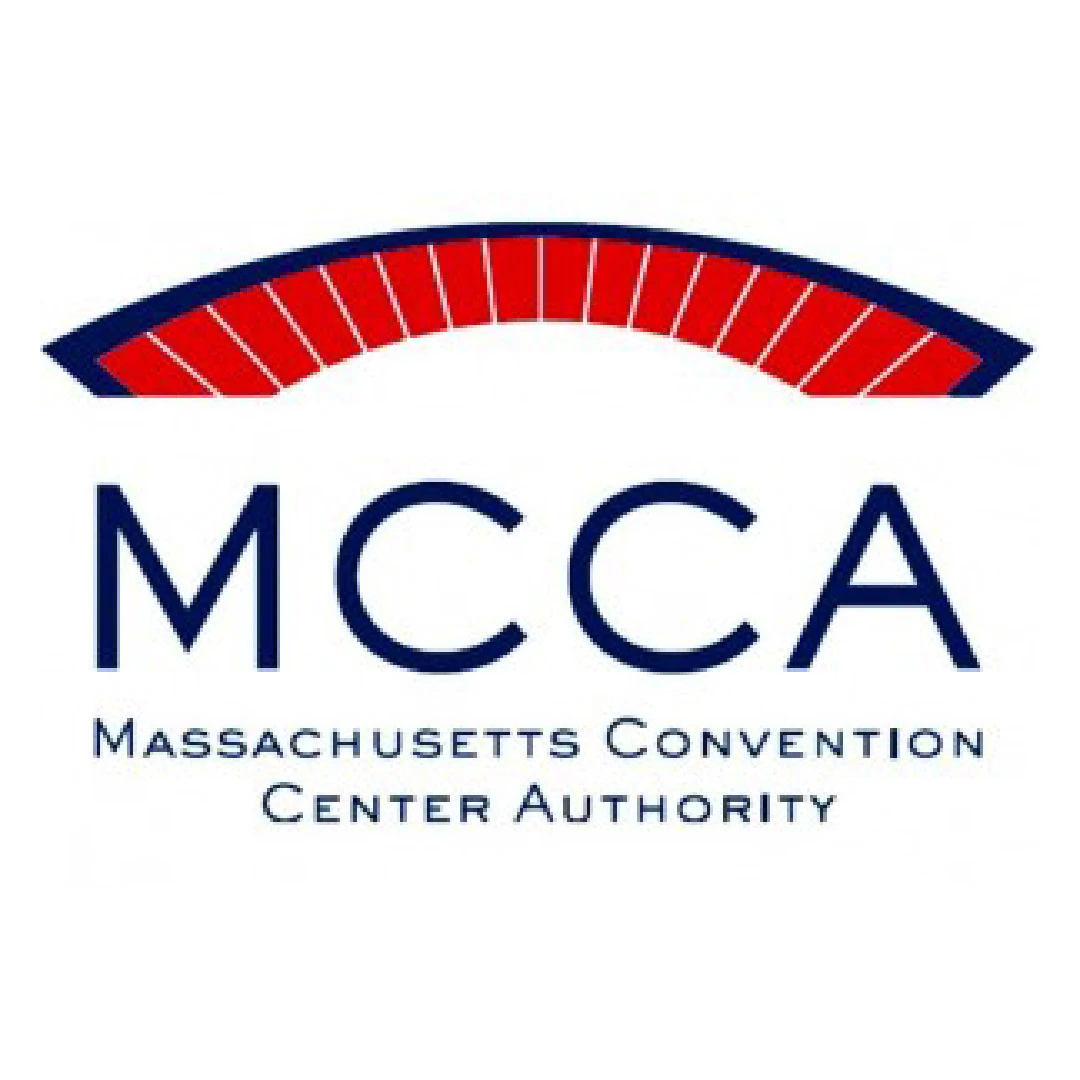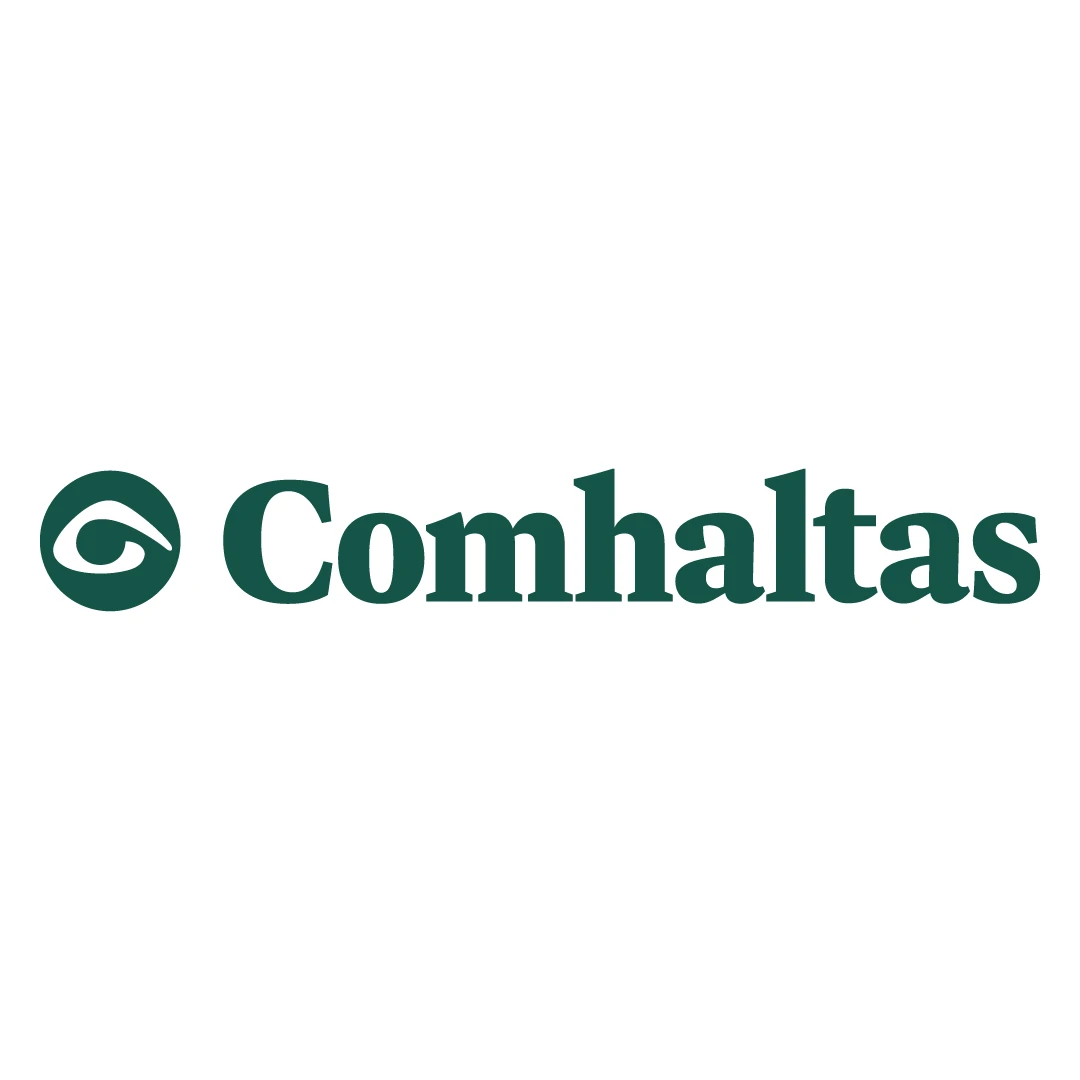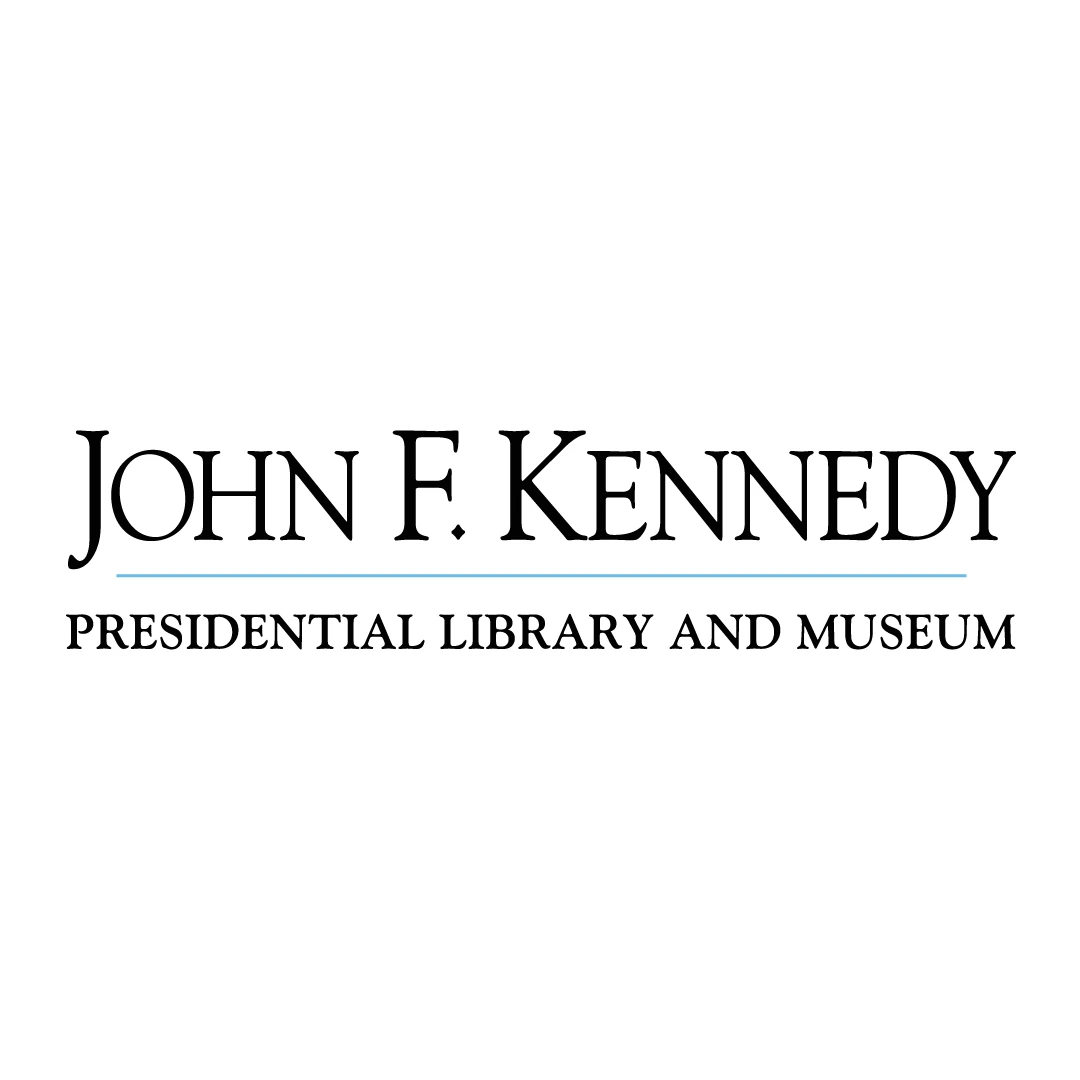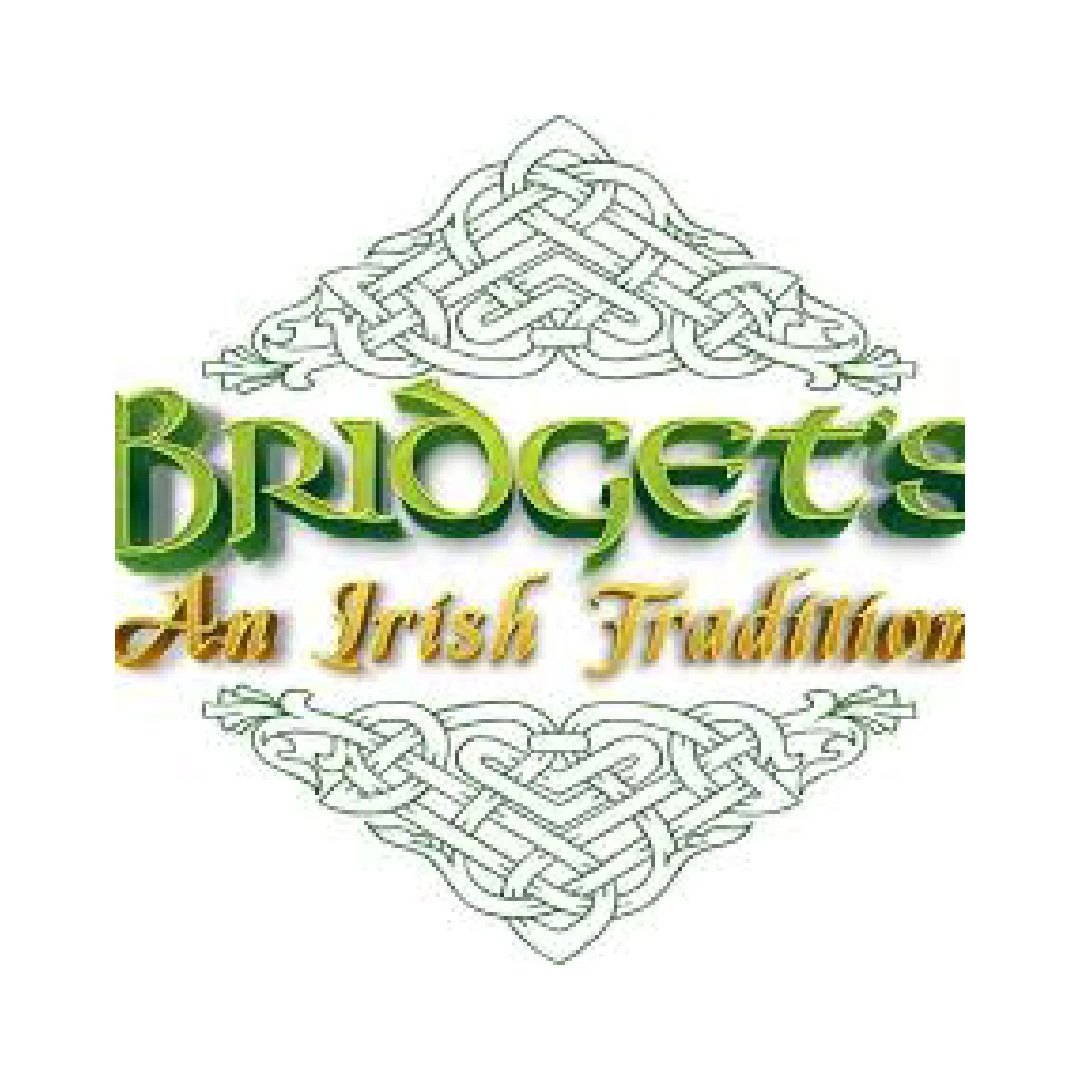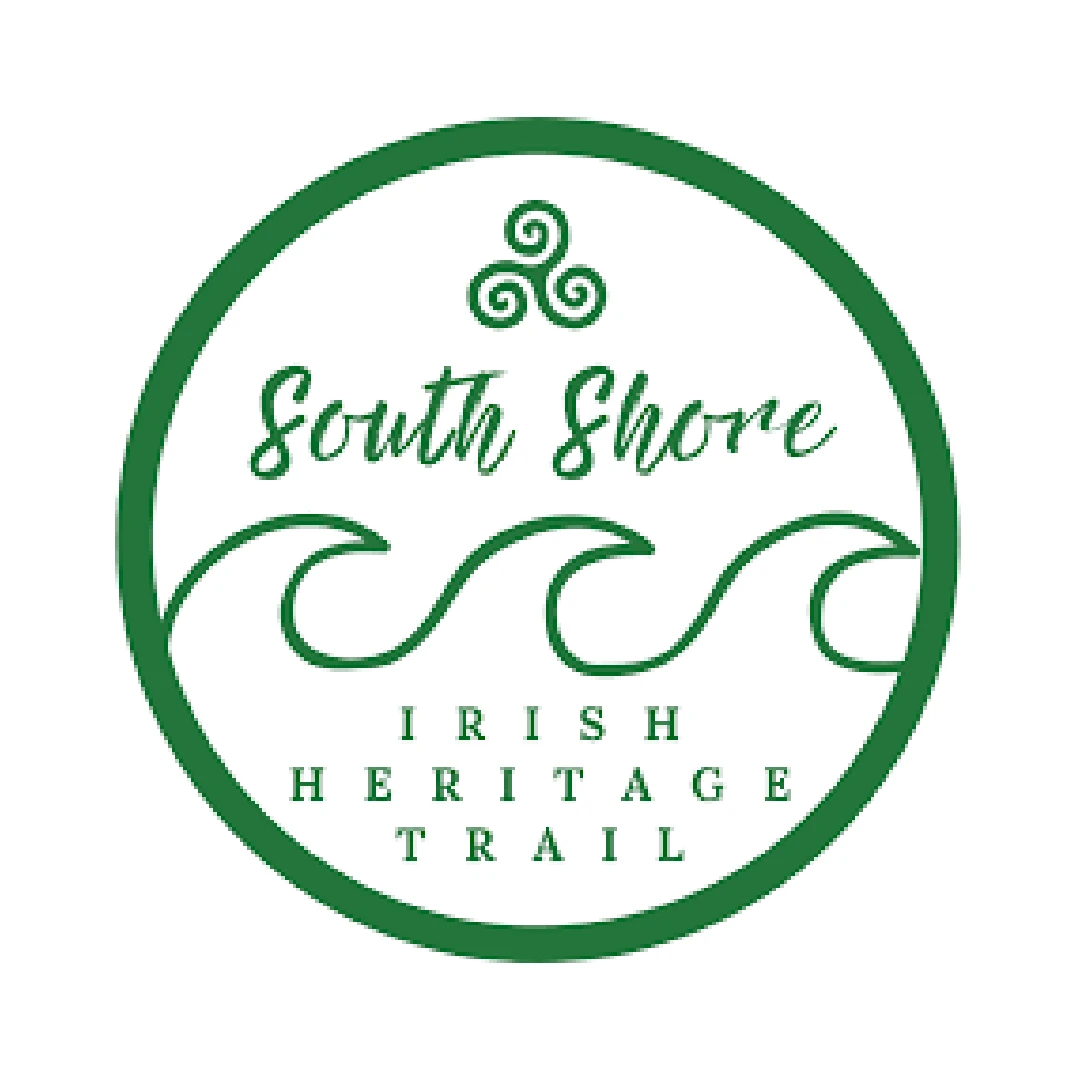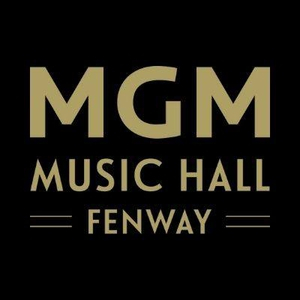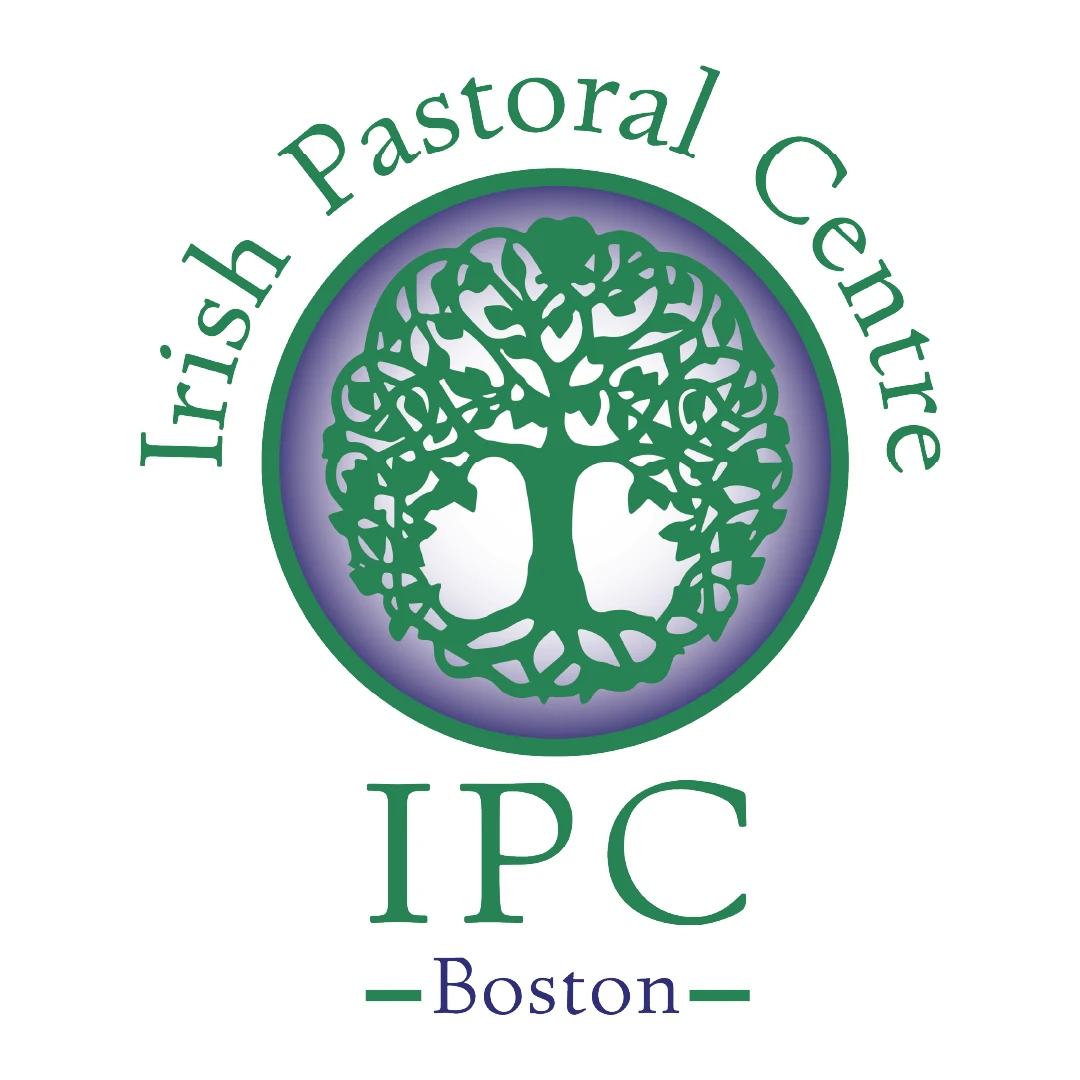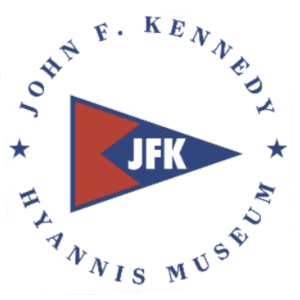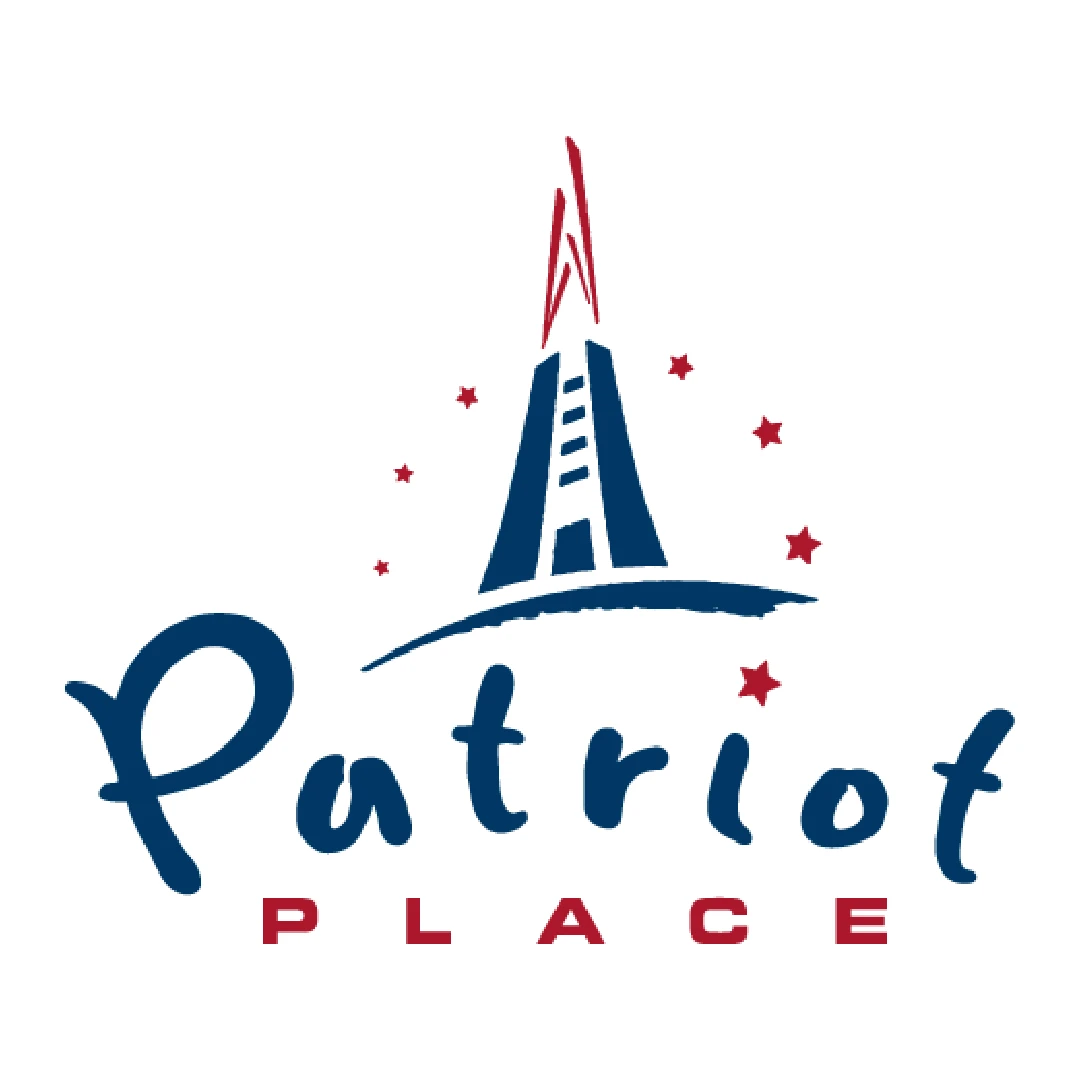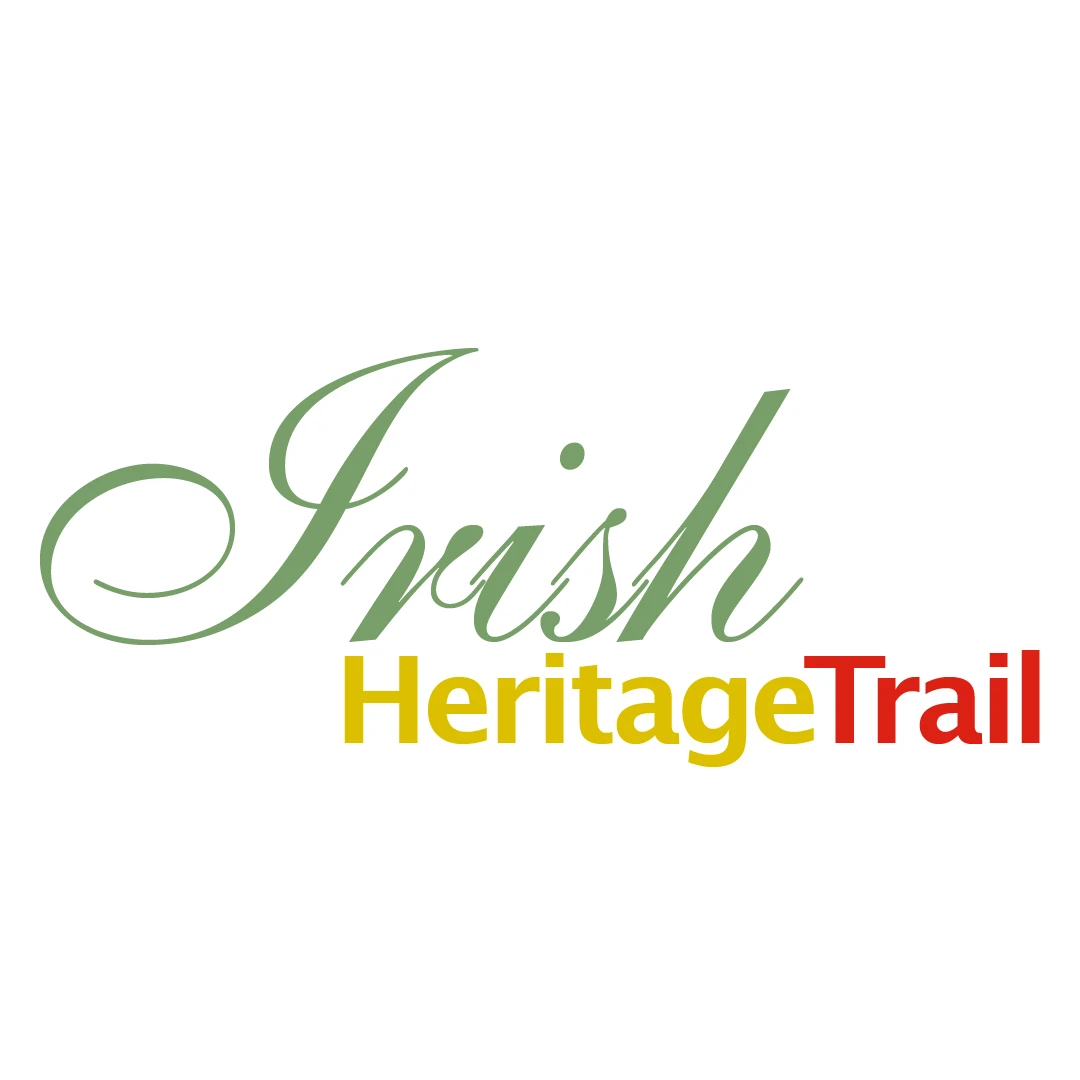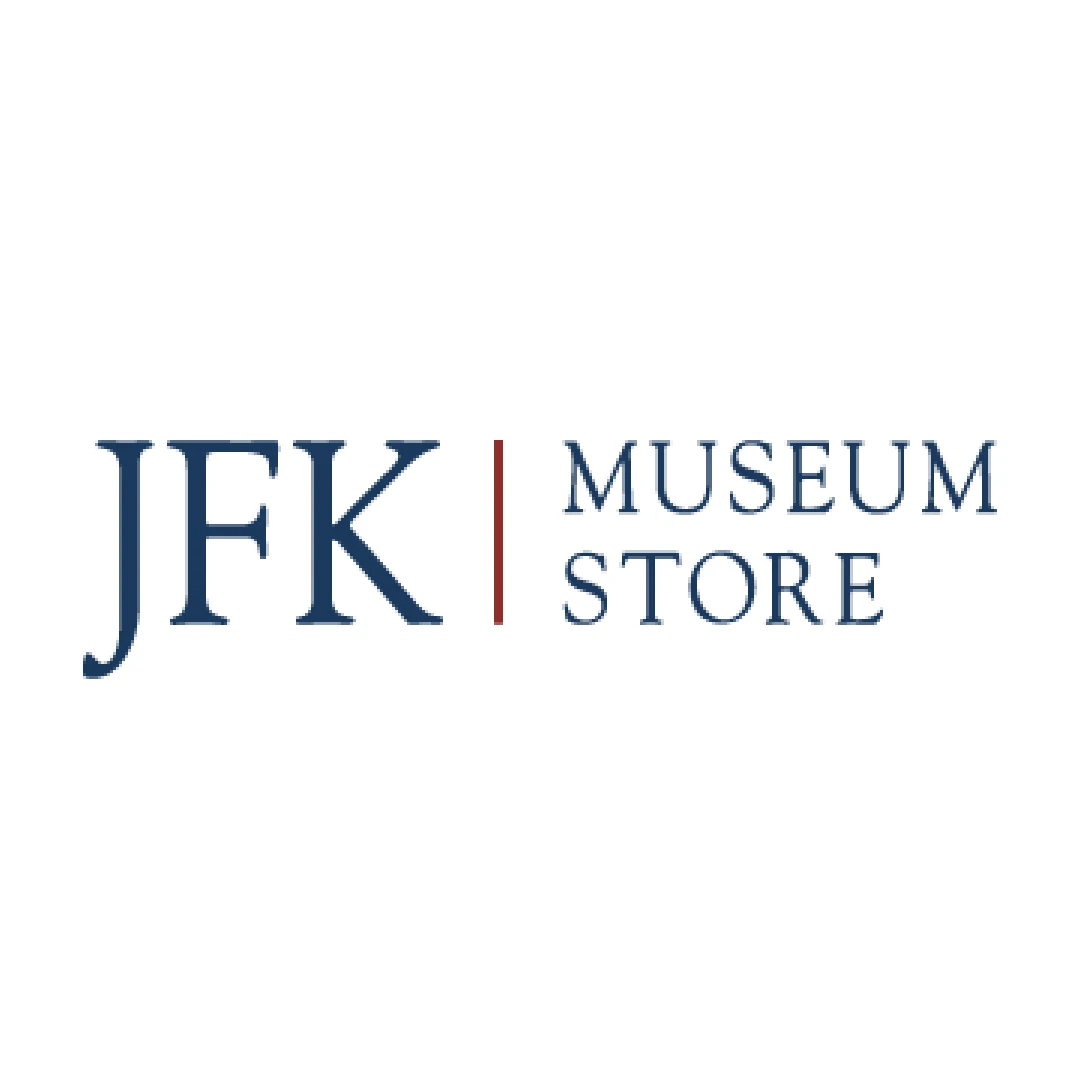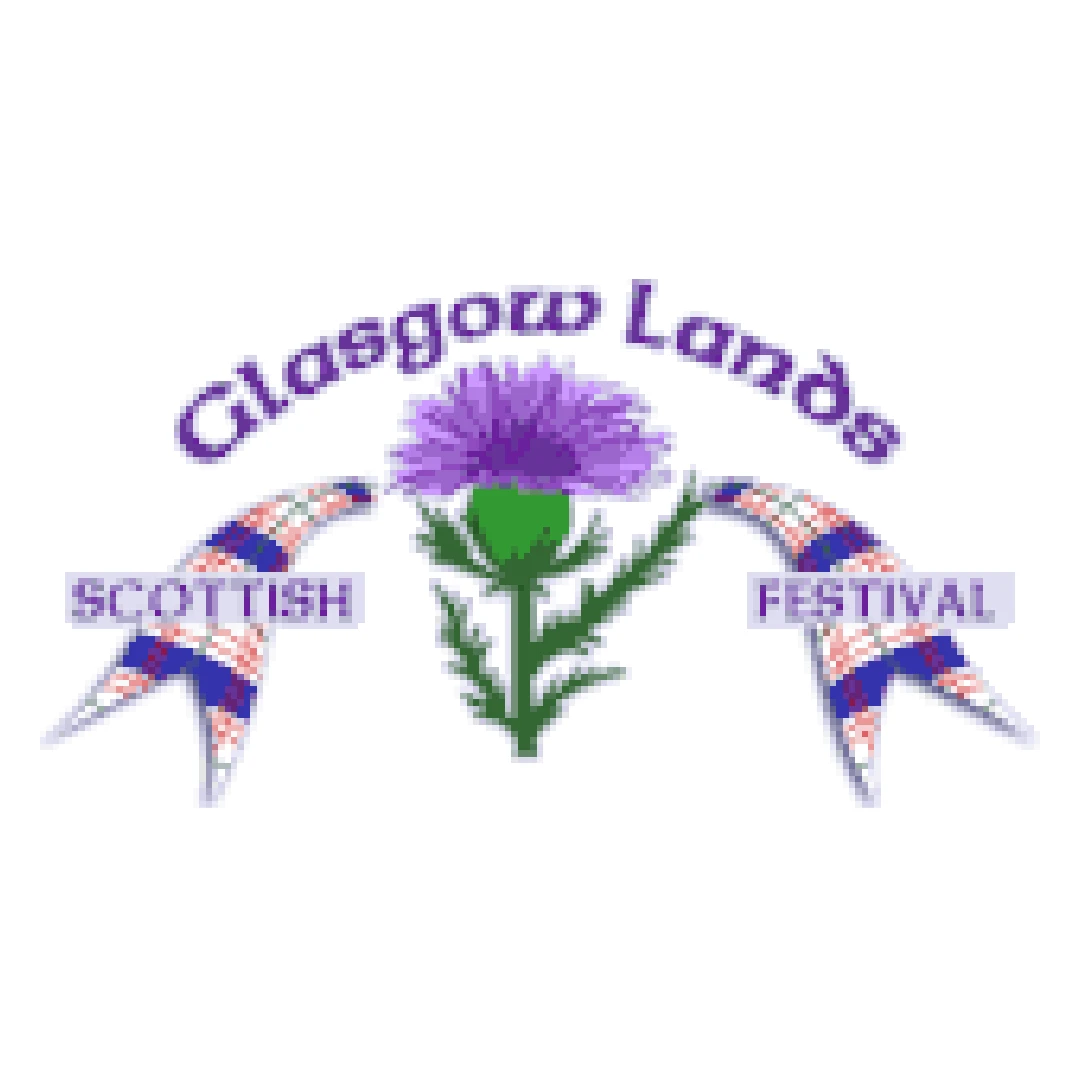Boston Massacre
John Boyle O’Reilly, the famous Irish rebel who lived in Boston from 1870 until his death, died suddenly at his home in Hull, Massachusetts on August 10, 1890, from an accidental overdose of medication. He left behind his wife Mary (Murphy), four daughters, Mary, Elizabeth, Agnes and Blainid, and legions of friends, colleagues and admirers around the world. He was 46. His…
A new era in city government took hold on Monday, January 5, 1885, when Hugh O’Brien became Boston’s first Irish-born mayor. O’Brien’s victory at the polls in December finally broke the hegemony of old-line Yankees who had run local government since Boston was incorporated as a city in 1822. O’Brien defeated incumbent mayor Augustus Pearl Martin by 3, 124…
On November 14, 1888, state and city officials and citizens from greater Boston officially unveiled the Boston Massacre Memorial on the Tremont Street Mall on Boston Common. The memorial commemorates the infamous episode in which five men were shot and killed by British soldiers in Boston on March 5, 1770, an event that helped launch the…
On March 28, 1770, following the now famous Boston Massacre that occurred on March 5, local engraver Paul Revere released a depiction of the event that was quickly printed and distributed widely in the colonies, helping to fan the flames of rebellion. Revere, famous for the midnight ride to Lexington and Concord in 1775, was a…
Blacks and Irish have often, though not always, faced similar experiences in how they were depicted, considered and treated in New England over the past four centuries. When the Puritans settled in Boston in 1630, they believed fervently that they were the chosen ones, destined to build “a city upon a hill, with the eyes…
John Boyle O’Reilly and Frederick Douglass were natural allies in 19th century New England, where they aligned on pressing issues of liberty and justice for all. In the early part of their lives, both men were fugitives, on the run from their captors as they tried to make their way to freedom. Both became writers…
On December 5, 1770, nine months to the day after the Boston Massacre, two of the nine soldiers in the British regiment, Matthew Kilroy and Hugh Montgomery, were found guilty of manslaughter for the killing of five local Boston men; the other seven soldiers were exonerated. The incident in March, known as the Boston Massacre, helped…
The Granary Burying Ground on Tremont Street in downtown Boston, nestled between Boston Common and Boston City Hall, has a number of important colonial era and Irish Revolutionary War figures buried here. Among them is James Sullivan (1744-1808), lawyer, orator and statesman. The son of indentured Irish immigrants who settled in Maine, Sullivan was a delegate to…
In the 18th century, the annual Pope’s Day holiday in Boston every November 5 was a chilling demonstration of the deep-seeded anti-Catholic sentiments prevalent in New England in the decades leading up to the Revolutionary War. One of those bizarre and archaic pastimes that measure a lack of progress in the human condition, Pope’s Day…
March 17 is a big day in Boston, Massachusetts, and has been ceremoniously observed, commemorated and celebrated going back to the 18th century. It is commonly recognized as Evacuation Day and St. Patrick’s Day, two occasions that have been entwined in Boston going back centuries. Evacuation Day March 17, 1776 is the date when British…
Along the Boston Irish Heritage Trail, one of the most popular stops is Boston Common, the nation’s oldest public park, created by English Puritans in 1634 as a training ground and grazing field for cattle. The 50 acre park has been a staging ground for rallies, protests, marches, speeches, concerts, celebrations and commemorations for nearly 400 years. Here…
On March 5,1770, British troops fired into a crowd of Bostonians; four people were killed and a fifth victim died a few days later. Irishman Patrick Carr was one of five people shot to death in front of the Old State House on State Street on March 5, 1770 after a scuffle between colonists and…
March 5, 2020 Ceremony at the Boston Massacre Grave Site March 5, 2020, Boston marks the 250th anniversary of the Boston Massacre, a transformative event in history that launched the road to revolution in the American colonies. The Massacre took place on a wintry Monday night on March 5, 1770, when British troops fired into a…
One hundred and thirty years ago, on November 14, 1888, state and city officials unveiled the Boston Massacre Memorial on Tremont Street on Boston Common. Among the guest speakers were Governor Oliver Ames, Mayor Hugh O’Brien and State Representative Julius Caesar Chappelle, an African-American leader who advocated for civil rights, voter registration and political participation.The sculptor was Robert Kraus, a German…
Get the Latest Irish News & Events in Your Inbox
Join our mailing list


